Hotel Elleinn (엘르인호텔)
2.5Km 2020-06-11
24, Hangang-daero 71-gil, Yongsan-gu, Seoul-si
+82-2-792-8700
Hotel Elleinn is a top-tier business boutique hotel. It is only ten minutes away from Seoul Station and Yongsan Station, so it is a convenient choice for travelers arriving or departing by KTX trains. It is also close to subway stations Namyeong (Line 1) and Samgakji (Lines 4 and 6).
The hotel features a European-style interior and various convenient facilities including a coin-operated laundry room for long-term guests, and a business center with a printer, a copy machine, and a fax machine. All guestrooms are equipped with up-to-date desktop computers with a high speed internet connection. A bar in the basement can be used for business meetings.
With many tourist attractions nearby, including Myeongdong, Itaewon, Namdaemun Market, Dongdaemun Market, Yongsan Electronics Mall Complex, N Seoul Tower, the War Memorial, and the National Museum, this is a very convenient hotel for business, sightseeing, and shopping.
Porte Gwanghuimun (광희문)
2.5Km 2021-02-24
344, Toegye-ro, Jung-gu, Seoul
+82-2-3700-3900
La légende raconte que la porte Gwanguimun fut construite en 1396, lors de la 5ème année du règne du roi Taejo, au Sud-Est de la capitale (Séoul). Elle fut souvent appellée ‘Porte Sugumun’ (canal) et fut d’ailleurs utilisée en tant que Sigumun, signifiant littérallement “porte des corps”, puisque les processions funéraires passaient par cette porte quand elles se dirigeaient à l’Est.
Durant la guerre Imjin (invasion Japonaise de la Corée, 1592-1598), la porte de la forteresse fut détruite à tel point qu’il fut ensuite quasi impossible de retrouver son emplacement exact. Néanmoins, les efforts de reconstruction ont été entrepris en 1711 (37ème année du règne du roi Sukjong), le canal fut restoré et une tour construite. Le porte Gwanghuimun est par la suite restée intacte, même lorsque les murs de la forteresse furent démolis pour la construction de rails de tramway durant la rège coloniale japonaise. Elle fut cependant largement abîmée pendant la guerre de Corée puis laissée en ruine. En 1975, des travaux de resturation furent entrepris afin de relocaliser la porte à 15m de son emplacement d’origine, dans une optique de dégager le milieu de la route.
Pyeonghwa, la Fashion Town de Dongdaemun (서울 평화시장)
2.5Km 2024-12-26
246, Cheonggyecheon-ro, Jung-gu, Seoul-si
+82-2-2265-3531~3
Pyeonghwa est le marché de la mode à Dongdaemun depuis la fin de la guerre, il y a plus de 60 ans. C’est ici qu’en 1953, des réfugiés nord-coréens ont commencé à vendre des uniformes de l’armée américaine. Le marché a ensuite été nommé Pyeonghwa, signifiant la paix, dans l'espoir que plus aucune autre guerre n’ait lieu sur le sol coréen. Le Marché Pyeonghwa regroupe aujourd’hui plus de 30.000 magasins, formant ainsi le quartier de Dongdaemun. Le marché est aujourd’hui considéré comme l'une des références mondiales pour l'industrie de la mode. Ce marché de la mode est divisé en quatre zones : Gu pyeonghwa, Cheong Shin Pyeonghwa, dong pyeonghwa et Pyeonghwa Fashion Town.
NUHADANG [Korea Quality] / 누하당 [한국관광 품질인증]
2.5Km 2020-09-10
49-7, Pirundae-ro, Jongno-gu, Seoul
010-9692-1330
Guesthouse Nuha is a ‘hanok’ or traditional Korean house consisting of four guestrooms located in Nuha-dong, Seochon (west of Gyeongbokgung Palace, Jongno, Seoul) where many Confucian scholars and artists lived during the Joseon Dynasty.
Exuding a refined atmosphere, Guesthouse Nuha is very popular among not only domestic visitors but also foreign tourists who want to experience the flavor of Korea in a cozy hanok. All four guestrooms (An-bang, Sarang-bang, Geul-bang, and Byeol-dang) are covered with eco-friendly hanji (traditional Korean paper handmade from mulberry tree) wallpaper, and are equipped with a thick cotton-wool comforter and pillows imbued with the scent of Hinoki cypress tree to help guests relieve their fatigue.
Breakfast is served free of charge. Guests can also experience traditional Korean culture here, such as playing a Korean musical instrument (janggu or double-headed drum), playing a game of yut in the yard, or wearing hanbok (traditional Korean clothes). Although a local bus service passes through the village, it is highly recommended to take a quiet leisurely around the area.
Complexe Commercial de Dongdaemun (Boutiques de Hanboks) (동대문종합시장 한복상가)
2.5Km 2021-03-05
266, Jong-ro, Jongno-gu, Seoul-si
+82-2-2262-0114
Considéré comme l'un des plus grands marchés en Asie, le complexe commercial de Dongdaemun propose de vastes boutiques de hanboks. Vous pouvez ici choisir parmi une large gamme de hanboks, des traditionnels aux modernes en passant par les accessoires. Le complexe est très populaire parmi les touristes internationaux souhaitant découvrir une partie de la culture traditionnelle coréenne et se procurer divers souvenirs.
Dialogue in the Dark – Bukchon (어둠속의대화 북촌점)
2.5Km 2025-07-04
Gahoe-dong, Jongno-gu, Séoul (Corée du Sud)
Située près du palais Gyeongbokgung, Dialogue in the Dark – Bukchon est une exposition participative sensorielle unique qui se déroule dans l’obscurité totale pendant 100 minutes. Accompagnés par un·e Roadmaster, les participants explorent différents environnements uniquement à travers les sens du toucher, de l’ouïe, de l’odorat et du goût.
Créée en Allemagne en 1988, cette exposition internationale a été présentée dans plus de 161 villes à travers le monde, touchant plus de 12 millions de visiteurs en Europe, en Asie et en Amérique.
Les visiteurs doivent arriver 15 minutes avant l’heure de réservation pour retirer leurs billets, déposer leurs affaires personnelles et se préparer à l’expérience. L’entrée se fait à l’heure exacte via un ascenseur menant progressivement vers une obscurité complète. Pendant 100 minutes, aucune sortie n’est possible ; il est donc essentiel d’utiliser les toilettes à l’avance.
L’exposition est située à 700 m de la sortie 2 de la station de métro Anguk (ligne 3). Le quartier de Bukchon et ses environs, proches du palais Gyeongbokgung, offrent également de nombreux cafés et restaurants à découvrir avant ou après l’expérience.
Ca'del Lupo (까델루뽀)
2.5Km 2020-04-27
5-5, Jahamun-ro 16-gil, Jongno-gu, Seoul
+82-2-734-5233
Ca'del Lupo is an Italian restaurant, closely located to Paris Baguette in Hyoja-dong, Jongno-gu near Gyeongbokgung Palace Station. Though the restaurnat masters delicious homemade Italian cuisine on the inside, the exterior is wholly Korean. This unique combination of Hanok (traditional Korean house) style housing and Western foods is drawing a lot of people to Hyoja-dong. The great mix of both cultures can be seen in the sophisticated decorations and from the amazing food. The herbs they use are picked directly from the restaurant's personal garden. But to enjoy the atmosphere here, you will have to make a reservation far in advance.
Bukchonmaru hanok guesthouse [Korea Quality] / 북촌마루한옥게스트하우스 [한국관광 품질인증]
2.5Km 2020-09-10
152, Changdeokgung-gil, Jongno-gu, Seoul
+82-10-3253-8751
Bukchonmaru Hanok Guesthouse is located between “Bukchon Views 2 and 3” on a hill in Bukchon Village in Seoul. This two-storied hanbok building with a terrace, which is rarely found among other hanok structures in the area, offers a splendid view of Seoul. In particular, the summit of a hill next to the main gate of Choong Ang High School where the guesthouse is situated is known as the filming location for the famous Korean TV series Winter Sonata (2002). When you open the main gate and go up to the first floor, a small yard is seen with a group of jars on one side. After entering the sliding door through the yard, there is daecheong maru (main floored room) that features the doors opening in all directions and a high ceiling with rafters, making the space open and cozy. The hanok building consists of two floors – the ground floor is equipped with special furniture, a jar table and a log chair made by the owner, and on the first floor are guestrooms comprised of one large room and two small rooms. The neat and clean rooms are designed in a simple way and have lovely bedding with the pattern of five cardinal colors. Its staff members can speak English and Chinese to communicate with guests from other countries. Every morning, guests engage in animated conversation while enjoying a Korean home-style breakfast prepared by the owner in a friendly atmosphere. After having breakfast, if guests want, they can try on traditional Korean clothes (hanbok) and take photographs inside and around the guesthouse to create interesting memories. The guesthouse also provides a hanbok rental service (KRW 30,000 for a day) and tourists wearing traditional Korean clothes can enter both Changdeokgung Palace and Gyeongbokgung Palace, which can be reached on foot within 10 to 15 minutes, free of charge. Moreover, guests can enjoy an open view of the area including Gahoe-dong, Gye-dong and even the lights of the Namsan Seoul Tower at night from the roof top.
Festival du printemps Design Zoo à la DDP (DDP 봄축제 : 디자인 동물원)
2.5Km 2024-04-30
281, Eulji-ro, Jung-gu, Seoul
02-2088-4957
Ce festival a lieu début mai sur la place DDP à travers le thème du zoo digital et des animaux. Le festival propose également des concerts et spectacles en extérieur.
Cheongsujeong (청수정)
2.5Km 2021-03-29
91, Samcheong-ro, Jongno-gu, Seoul
+82-2-738-8288
Only fresh ingredients are carefully selected to serve only dishes rich in taste and nutrition. This Korean dishes restaurant is located in Jongno-gu, Seoul. The representative menu is bulgogi with rice.
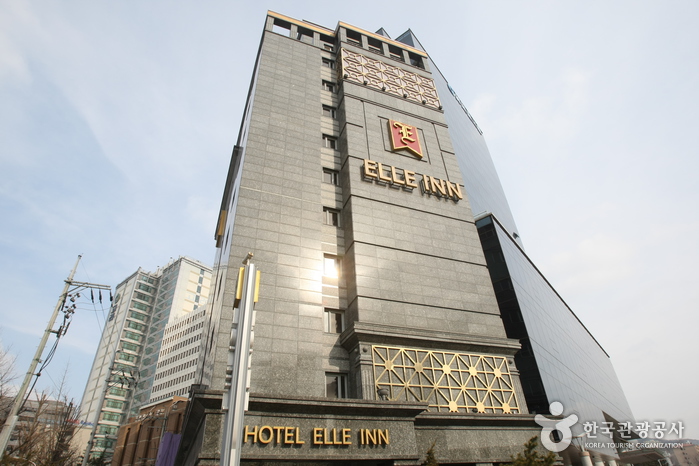
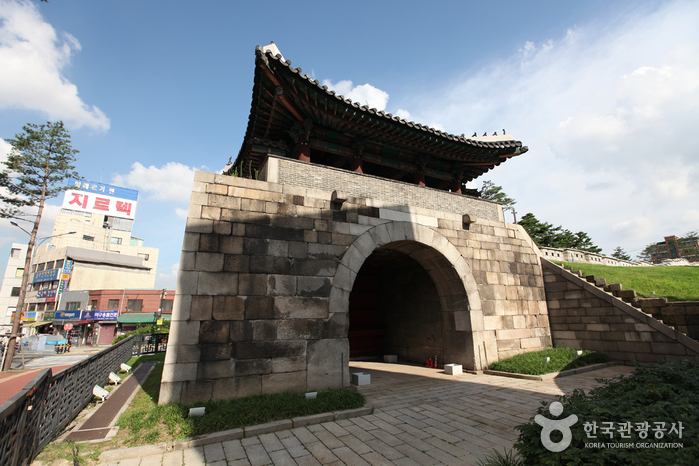
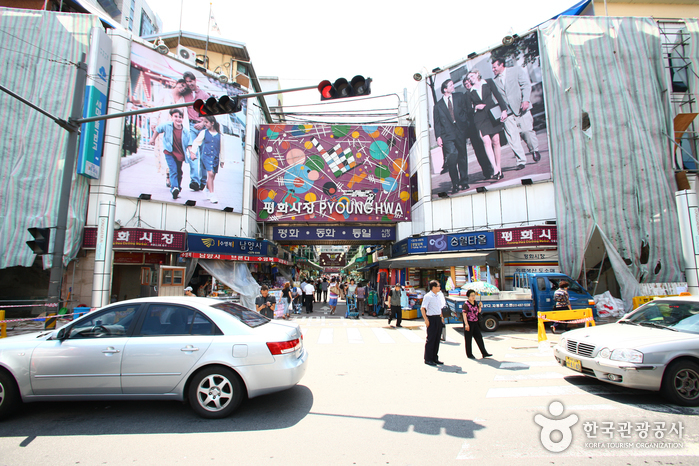
![NUHADANG [Korea Quality] / 누하당 [한국관광 품질인증]](http://tong.visitkorea.or.kr/cms/resource/58/2532358_image2_1.jpg)
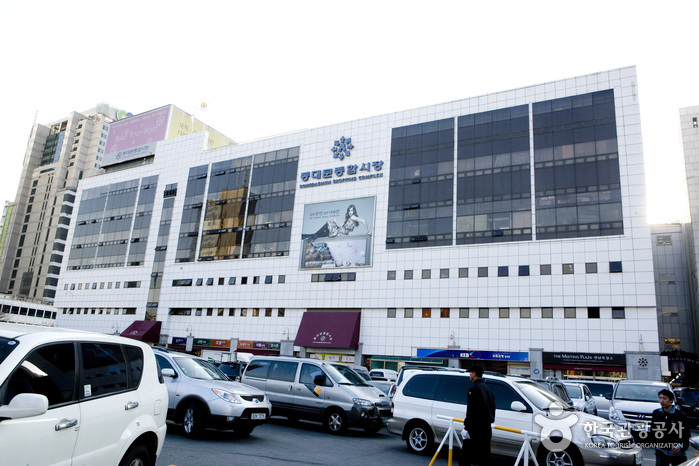
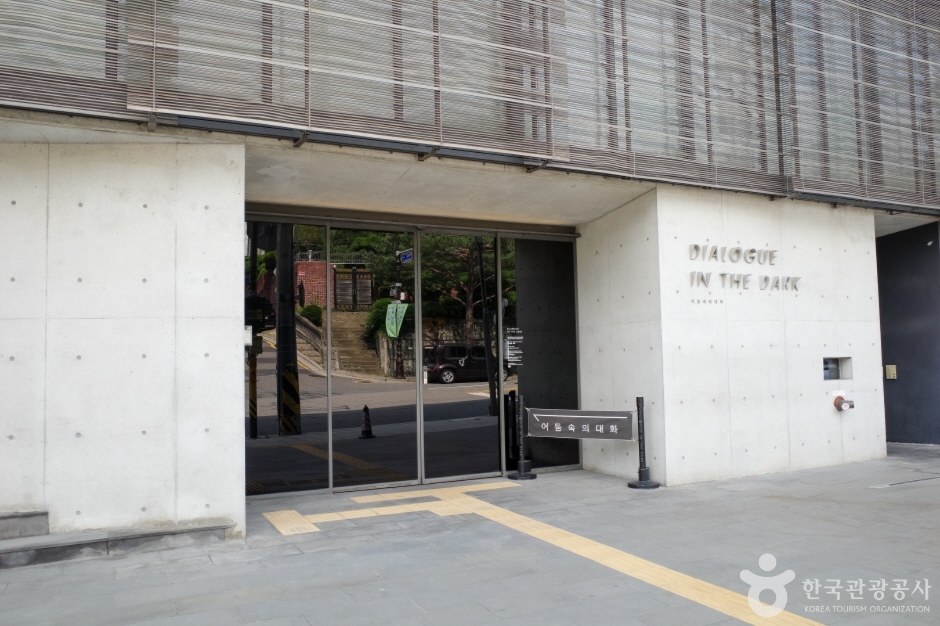
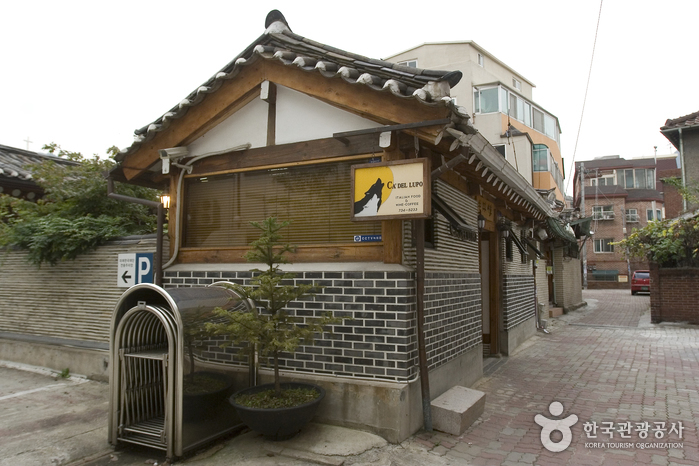
![Bukchonmaru hanok guesthouse [Korea Quality] / 북촌마루한옥게스트하우스 [한국관광 품질인증]](http://tong.visitkorea.or.kr/cms/resource/32/2574032_image2_1.jpg)
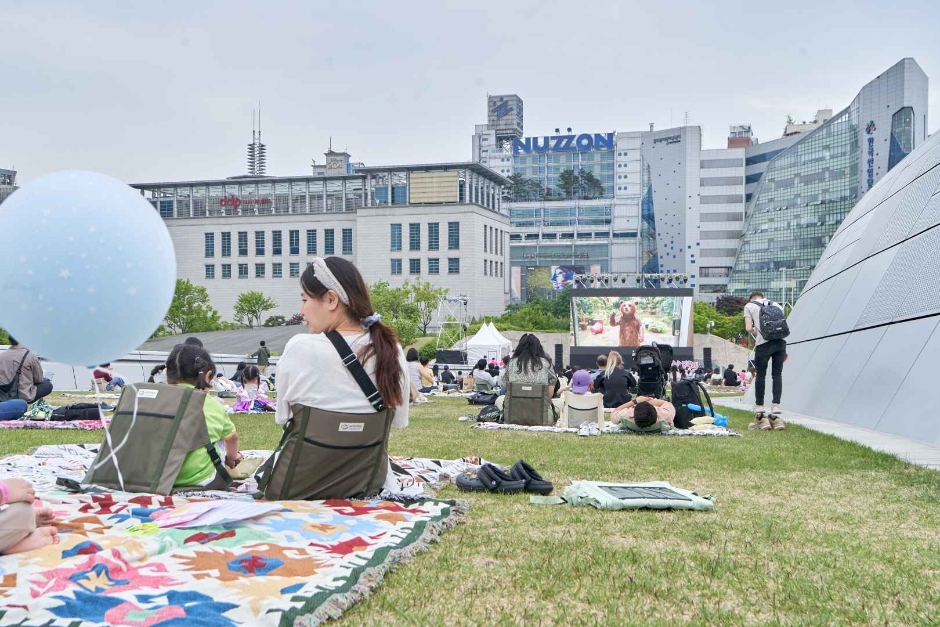
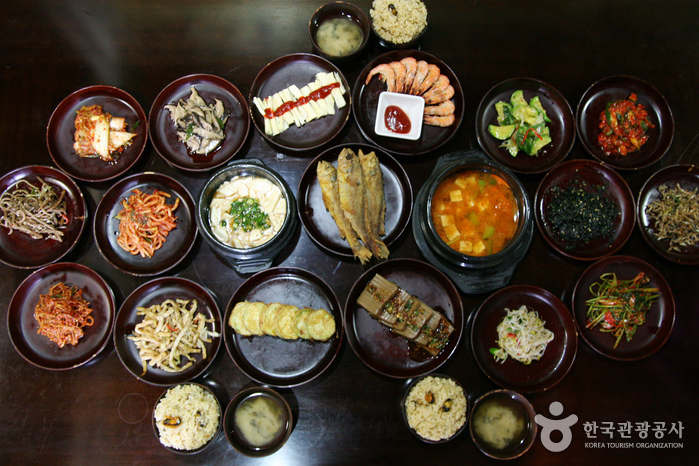
 Français
Français
 한국어
한국어 English
English 日本語
日本語 中文(简体)
中文(简体) Deutsch
Deutsch Español
Español Русский
Русский